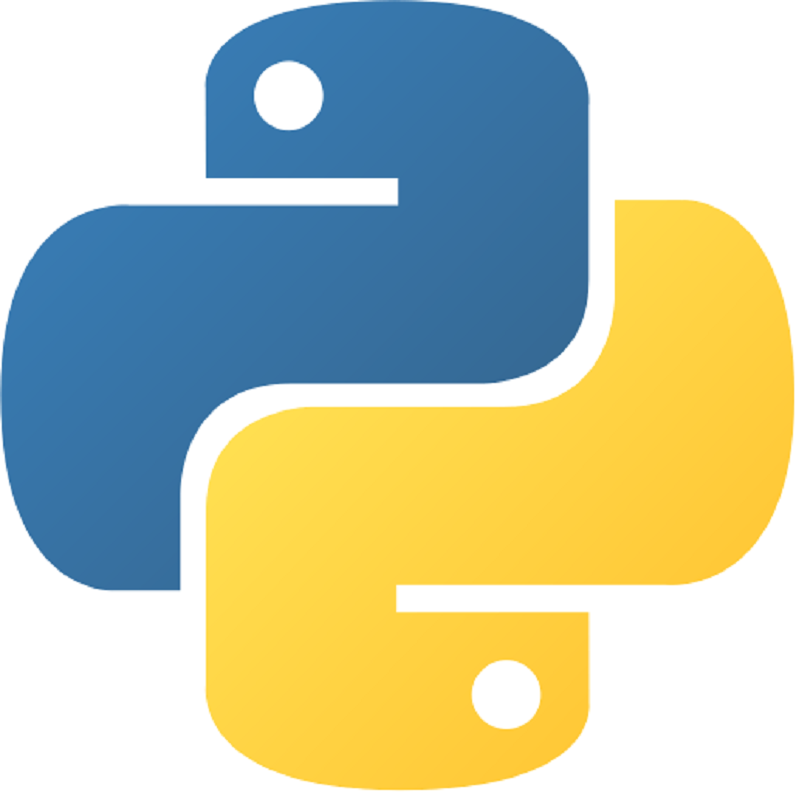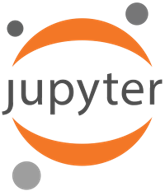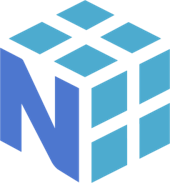Python Foundations for Data Analysis & Business Intelligence
- Learning the basics of Python programming language and its applications in data analysis
- Acquiring skills to handle and manipulate data using Python libraries like pandas and NumPy
- 4 Months
- Live Classes
- 50 hours
- Hindi/English
- Sat/Sun
What you'll learn
- Master Python basics, including syntax, control structures, and functions.
- Learn to use Jupyter Notebook, an interactive environment for writing, running, and visualizing Python code seamlessly.
- Understand essential data types such as lists, dictionaries, and strings, laying a solid foundation for data analysis.
- Develop strong problem-solving skills and learn to write efficient, logical code for data analysis tasks using Python.
- Build solid, foundational Python skills for data analysis & business intelligence
- Learn to manipulate and analyze data with Pandas, a powerful library for data manipulation and analysis. You'll master data cleaning, transformation, and aggregation techniques
Requirements
- Must have Gmail accounts. All the invitation and documents will be shared on this account
- Must have personal computer OR Laptop (Office laptop will work if they allow installation)
- Must have any type of experience of using computer (Basic knowledge of computer, How to Download/install program etc.)
- No Prior coding knowledge is required. ☺
Who this course is for
- Recent Graduates (Non-IT or IT)
- Working Professionals
- Professionals transitioning to Data Analysis
- Business Analysts
- Anyone Interested in Data Analysis
No prior programming experience is required.
However, a basic understanding of programming
concepts and familiarity with Microsoft Excel would
be beneficial
Course content
- Introduce the Python analytics ecosystem and key reasons why it’s the programming language of choice for many data analysts
- Install Anaconda & create your first Jupyter Notebook, a user-friendly Python coding environment designed for data analysis and visualization
Learn how to name and store values in memory using variables, as well as how to overwrite, delete and track them.
Learn how to name and store values in memory using variables, as well as how to overwrite, delete and track them.
- Learn how to work with numeric data, and use numeric functions to perform a range of arithmetic operations
Learn how to manipulate text via indexing and slicing, calculate string lengths, apply various string methods, and print f-strings to include variables
- Learn how to use IF statements and Boolean operators to establish conditional logic and control the flow of your programs
- Learn how to create, modify, and nest lists, tuples, and ranges, all of which allow you to store many values within a single variable
- Understand the logic behind For and While loops and learn how to refine loop logic and handle common errors
Address the limitations of working with lists and explore common scenarios for using dictionaries and sets in their place
Learn how to create custom functions in Python to boost productivity, and how to import external functions stored in modules or packages
- What is slicing and indexing and how its work on different data types of python.
- Various operator used in python and their importance in python programming
- How to handle error in python. How to handle error(s) using try-except-else-finally block.
- Learn what is numeric python and how it is important in programming and data analysis
- Learn about most useful module pandas. Data reading, Data manipulation, cleaning using pandas module.
how to create, move, rename, delete files and folders in your system. Various ways to handle file and folder structure using OS.
- Learn how to work on projects using all the knowledge we gain until now.
Tools Covered






